Menu
Concrete is a strong and long-lasting material, making it a popular choice for driveways, patios, sidewalks, and industrial floors. However, over time, concrete can develop cracks due to factors like weather, regular use, and natural wear. Even though these cracks might seem minor, they can weaken the structure and lead to more serious problems if not repaired. Knowing how to repair concrete cracks properly helps keep your surfaces in good condition for years.
Concrete can crack for several reasons. Changes in temperature, ground movement, heavy loads, and improper curing are common causes. When cracks form, they allow water and other harmful substances to enter the concrete, leading to further damage. This can include issues like freeze-thaw cycles, rusting of steel reinforcements, and crumbling of the concrete. Addressing cracks quickly is important to avoid bigger, more expensive repairs later.
To fix a crack correctly, you first need to identify its type. Cracks can be either static or dynamic.
Static cracks stay the same size and position over time. They often happen due to shrinkage, temperature changes, or minor settling. For these cracks, a high-quality polyurethane sealant works well. Polyurethane is semi-rigid and self-leveling, making it ideal for filling horizontal cracks. It’s durable enough to handle heavy traffic and helps prevent new cracks from forming. Products like JF 311 are great for repairing static cracks. This self-leveling system is ready for traffic in just 90 minutes and is also environmentally friendly because it complies with VOC standards.
Dynamic cracks, however, change over time. These cracks need a more flexible repair material. Polyurethane sealants are perfect for this job because they can stretch and contract with the crack as temperatures change. For instance, SL polyurethane sealant cures into a flexible, rubber-like material that can handle up to 70% movement in the joint. It’s also VOC-compliant across the country and can be painted after it dries, so it blends well with the surrounding concrete.
The repair process starts by assessing the crack, including its type, size, and the extent of the damage. For small cracks, less than 1/32 to 1/4 inch wide, the repair process is usually simple.
For larger cracks, wider than 1/4 inch, the process is more involved.
Repairing concrete cracks is crucial not just for appearance but also for maintaining the strength and safety of the surface. With the right techniques and materials, you can extend the life of your concrete, ensuring it stays in good condition for years. Whether you’re dealing with static or dynamic cracks, our team at Bay Area Sustainable Landscaping is ready to provide long-lasting and eco-friendly repair solutions tailored to your needs. Contact us today to learn more about our services and how we can help keep your concrete in top shape.
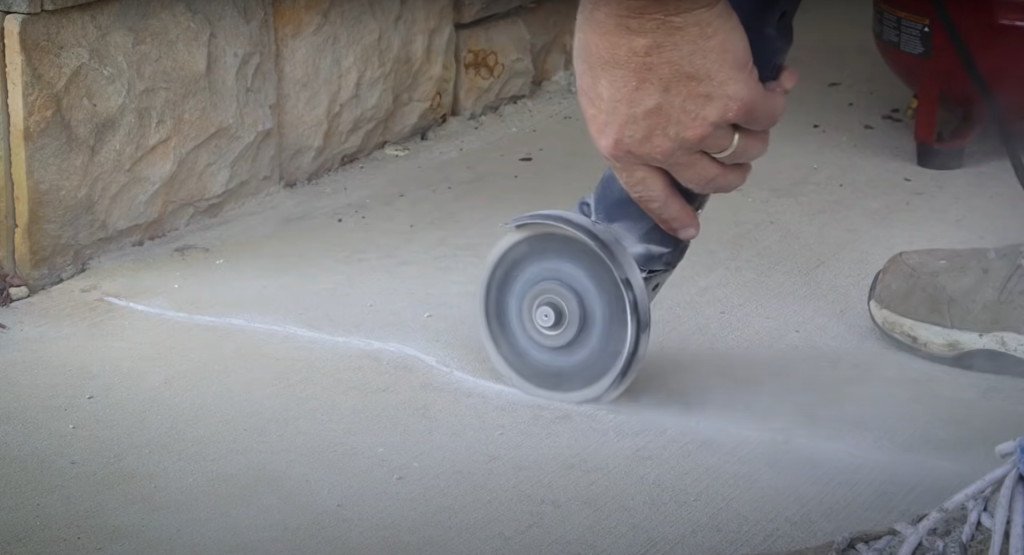
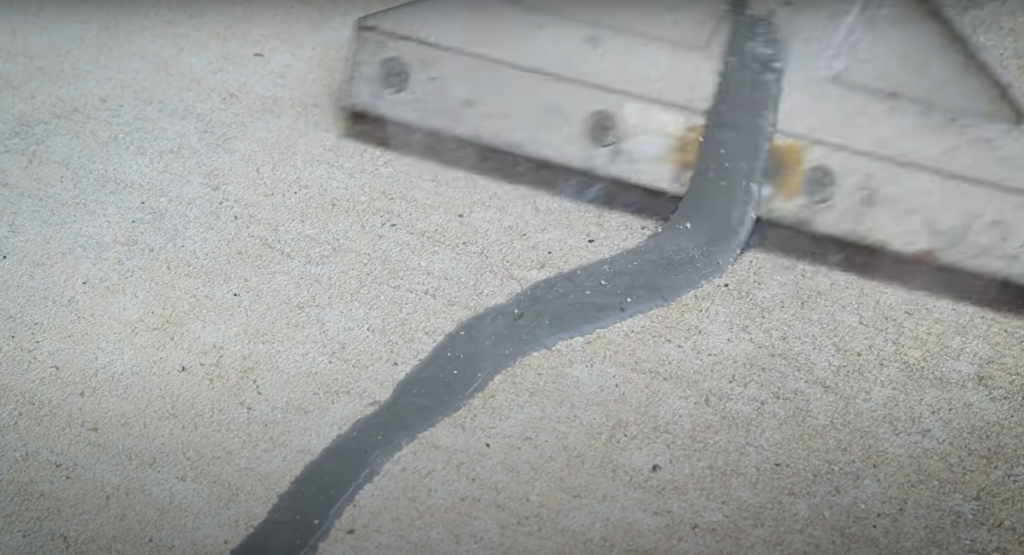
Concrete Crack Repair is essential to maintain the strength and durability of concrete surfaces. Cracks can develop due to various reasons such as thermal expansion, ground movement, excessive loads, and improper curing. It is crucial to address cracks promptly to prevent further damage like freeze-thaw issues and corrosion.
There are different types of cracks, including static and dynamic cracks. Static cracks do not change over time and are best repaired with high-quality polyurethane sealants like JF 311. On the other hand, dynamic cracks require more flexible materials like SL polyurethane sealant that can expand and contract with temperature changes.
For smaller cracks, sealants can be used, while larger cracks may require tools like a dustless angle grinder or a crack chasing saw. Proper preparation, filling, and finishing are essential steps in the repair process to ensure a strong bond and a seamless look.
By using the right techniques and materials, you can extend the life of your concrete surfaces. It’s recommended to consult professionals like Bay Area Sustainable Landscaping for effective and environmentally friendly concrete crack repair solutions.

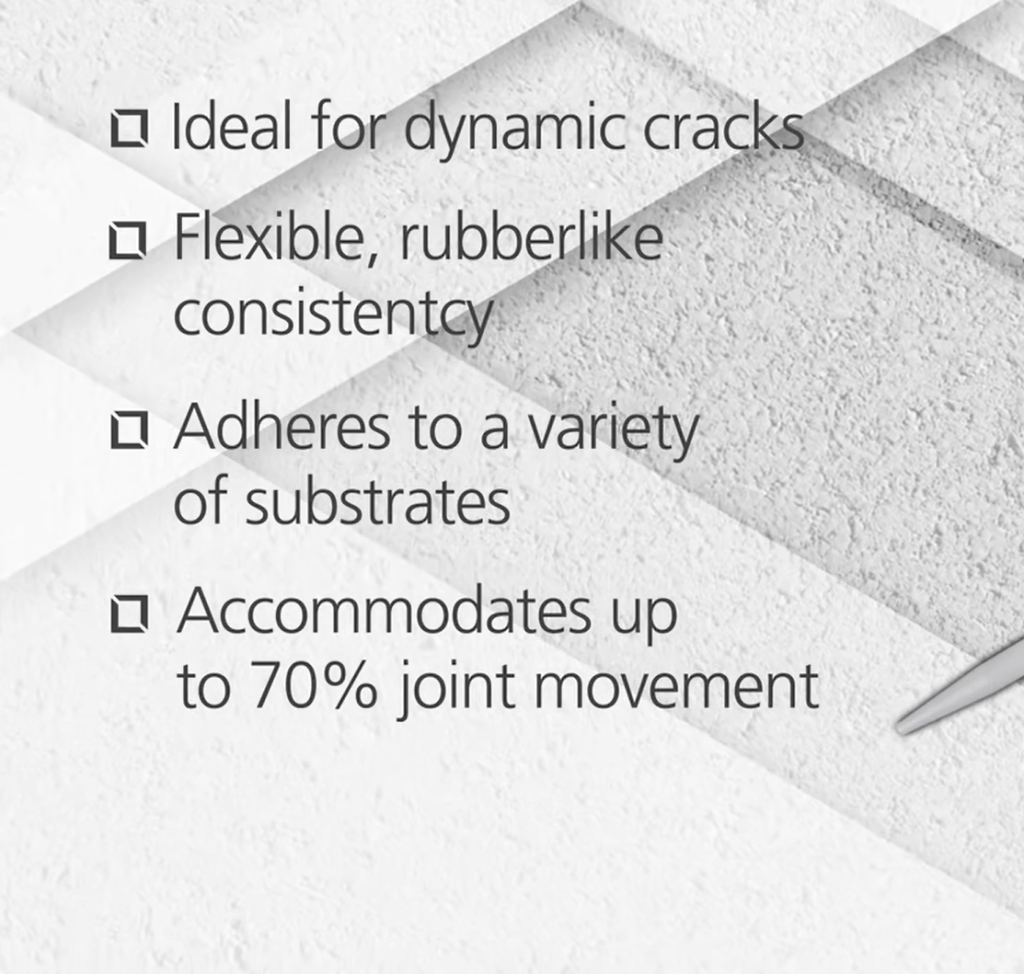
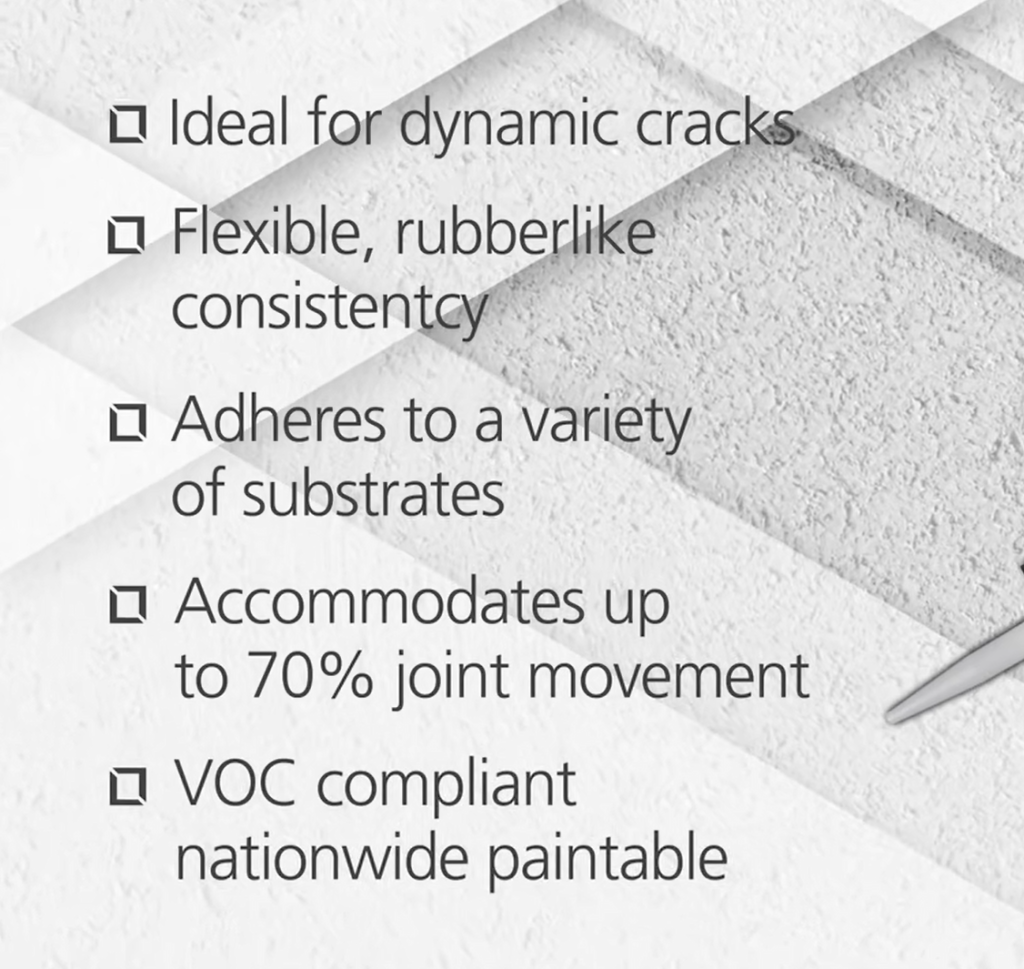

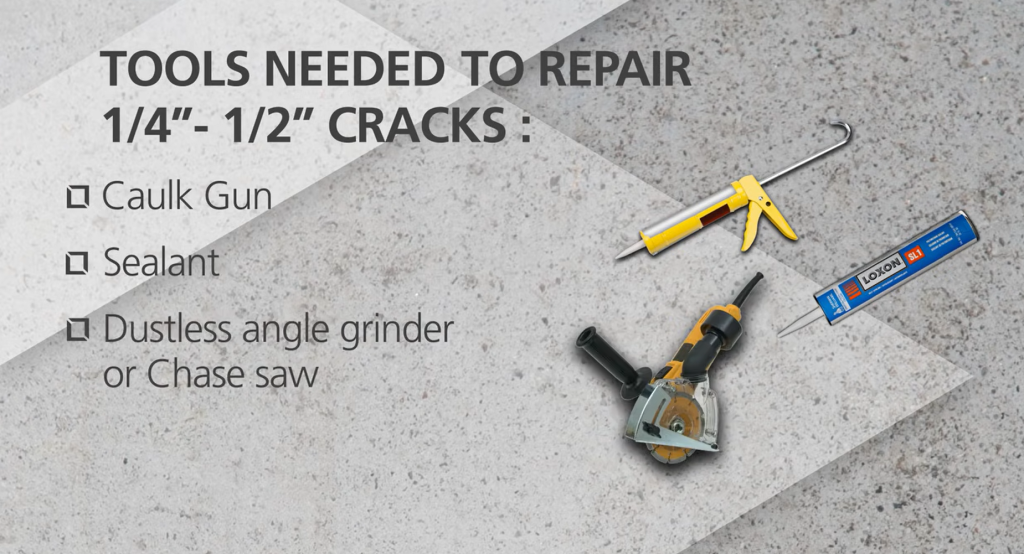
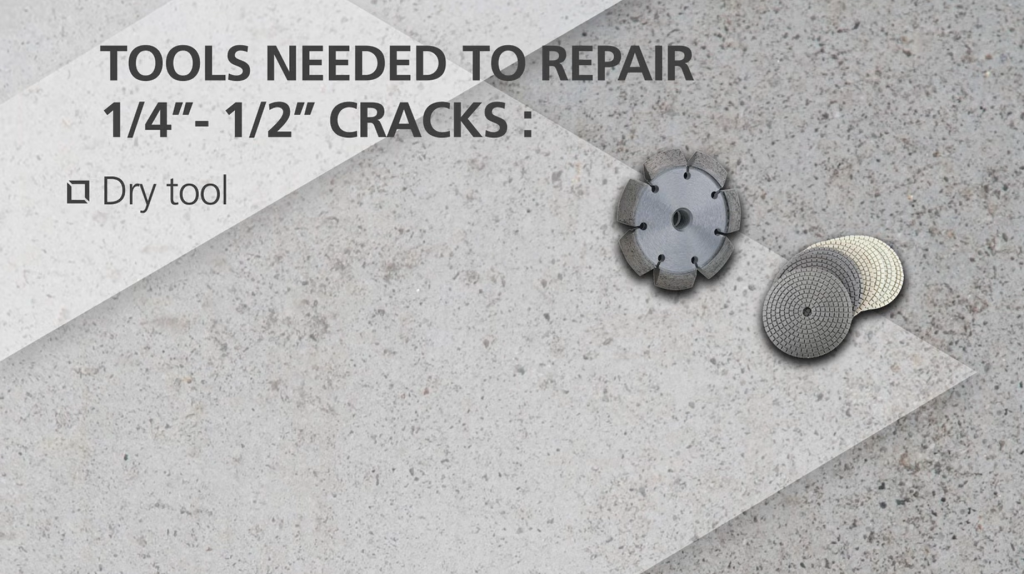
Concrete repairs can be a significant investment, and you may have questions about the process, materials, and long-term benefits. This FAQ section addresses the most frequently asked questions about our concrete crack repair services, helping you understand how we can restore your surfaces efficiently and sustainably.
Concrete cracks can result from various factors, including temperature fluctuations, ground movement, and heavy loads. Understanding the cause is essential to provide a lasting repair solution.
Our repairs are designed to be long-lasting, but the longevity depends on factors like usage, environmental conditions, and maintenance. We use high-quality materials that ensure durability.
Copyright © 2024 BAYSL